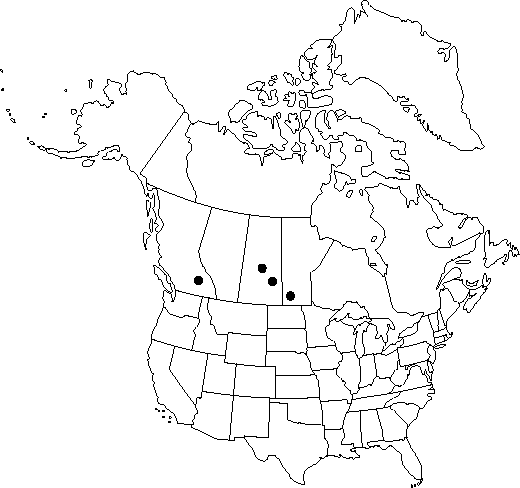Delphinium elatum
Sp. Pl. 1: 531. 1753.
Stems 40-200 cm; base green, pubescent or glabrous. Leaves cauline, 7-26 at anthesis; petiole 1-18 cm. Leaf blade round to pentagonal, 3-15 × 6-22 cm, ± puberulent; ultimate lobes 3-9, width 8-30 mm. Inflorescences 25-100(-more)-flowered; pedicel 1-3(-5) cm, glabrous to pubescent; bracteoles 2-5(-9) mm from flowers, green, linear, 5-9 mm, ± puberulent. Flowers: sepals blue, white, or purple, ± puberulent, lateral sepals spreading, 12-23 × 4-12 mm, spurs straight, ascending ca. 45° above horizontal, 15-22 mm; lower petal blades elevated, exposing stamens, 3-5 mm, clefts 0.2-1 mm; hairs sparse or dense, mostly near center of blade, yellow or white. Fruits 13-20 mm, 3.5-4.5 times longer than wide, ± puberulent. Seeds winged; seed coats ± with small wavy ridges, cells elongate, surface roughened.
Phenology: Flowering summer, more than 8 weeks after snowmelt.
Habitat: Old homesites
Elevation: 50-3000 m
Distribution

B.C., Man., Sask., and probably elsewhere, native to Europe and w Asia.
Discussion
Delphinium elatum is cultivated as a garden plant or for cut flowers. It is not known to be naturalized extensively in North America; it may persist long after cultivation in cooler parts of the region.
Selected References
None.